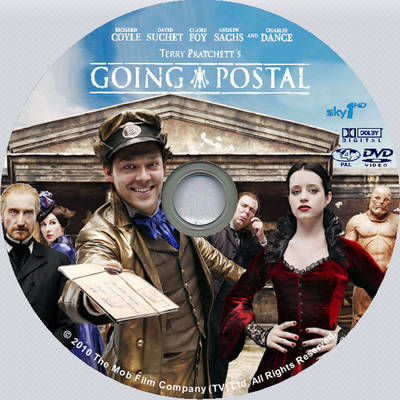

Granny Weatherwax, as she is more commonly known, is everything Rincewind is not: strong, fearless, stubborn, prim, proud and immensely magical. The next major character created after Rincewind was Mistress Esmerelda Weatherwax, a witch. Magic in the Discworld is not restricted to the academy. One of Terry’s earlier footnotes postulated that the word “wizard” was derived from the archaic word “Wys-ars” – a hypothesis which tees the reader up with all they need to enjoy this series and its characters. Pratchett’s first steps on the Discworld left his footprints in magic.

Structurally, the Discworld novels can be grouped into reasonably logical subsets: novels which feature the same characters and which, if read sequentially in their own right, provide both narrative chronology and character (if not plot) development and arc. The reader doesn’t have to have read these books in sequence to appreciate the story being told. In later novels, where other recurring characters are introduced, each “episode” is largely self-contained. Indeed these two books are the only ones in the “series” that demand sequential reading to convey a story in its entirety.

The Colour of Magic and The Light Fantastic chart the protagonists’ chaotic course across the Disc and could stand alone as a single novel. Together, with Twoflower’s malevolently sentient Luggage in tow, they inadvertently and neatly manage to save the world. He bumbles his way through calamity, much of it caused by him, accompanied by the innocent and all-trusting Twoflower, the Disc’s first tourist. Pratchett’s first anti-hero, Rincewind the Wizzard (whose inability to cast a spell is bettered only by his inability to spell) is a misadventure magnet. In fact, a “family” of books is probably a more appropriate description to use than series.īooks one and two are predominantly a comical riff on swords and sorcery, dungeons and dragons, Tolkein-like quests and the concept and conceits of using parallel universes as plot device. They’re laced with both overt and sly nods to classical mythology and literary classics. They introduce its idiosyncratic societal peculiarities, geographies and some recurring characters.Īll are brought to life and framed by Terry’s wit and irreverence and presented in a uniquely original style: no chapters, many puns, twisted takes on the contemporary presented in less than contemporary environs and frequent forays into footnotes, which meander through humorous observation parallel to the main story.


 0 kommentar(er)
0 kommentar(er)
